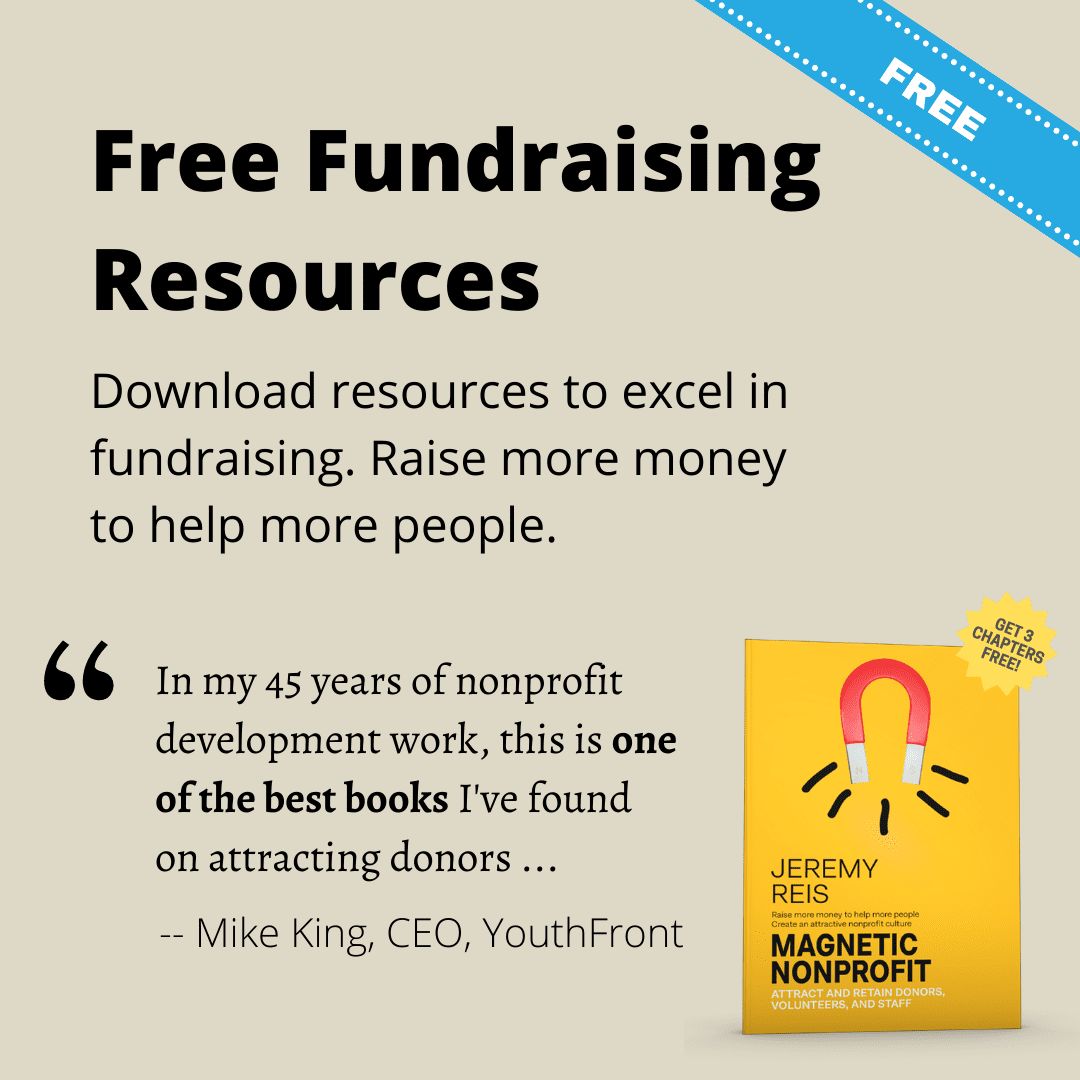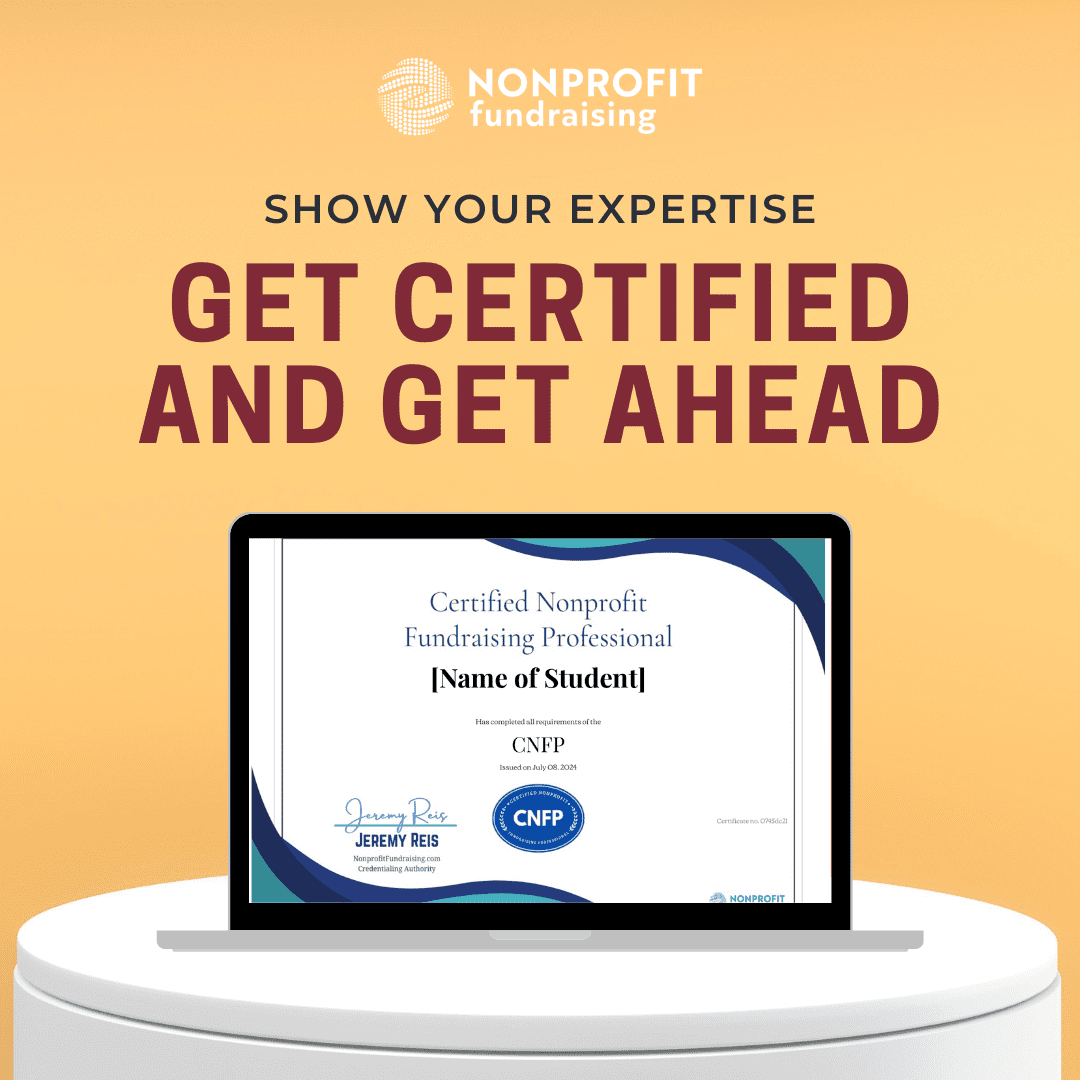Most nonprofit professionals think major gift asks require hour-long presentations, detailed organizational histories, and multiple meetings before making a request. That approach is killing your fundraising results.
The most effective major gift asks take five minutes or less. Not the entire donor meeting – but the actual moment when you present the opportunity and request the gift should be crisp, clear, and focused. When you can articulate your need compellingly in five minutes, you’re ready to have serious conversations with serious donors.
The secret is the FOCUS method – a five-component framework that transforms rambling appeals into laser-focused asks that get results. Here’s exactly how to use it.
Why the 5-Minute Ask Works
Before diving into the framework, you need to understand why this approach is so effective. Donors have short attention spans and busy schedules. They want to know three things quickly: what you need, why you need it, and what their specific gift will accomplish. Everything else is noise.
A focused ask works because it forces you to be crystal clear about what you’re requesting. When you only have five minutes, you can’t ramble about seventeen different programs. You have to focus on the one thing that matters most. It respects the donor’s time and intelligence – you’re not assuming they need your entire organizational history to make a decision. And it creates urgency and importance. When someone gives you their undivided attention for five focused minutes, they know something significant is happening.
The FOCUS Framework Breakdown
F – Frame (30 seconds)
Your opening sets the stage for why you’re meeting and why this conversation matters. You’re positioning the donor as a problem-solver, not just a funding source.
The Formula:
- Acknowledge their capacity (financial and emotional)
- Position them as someone who can make a difference
- Create anticipation for the opportunity
Sample Frame Scripts:
For an education nonprofit: “Sarah, I wanted to meet with you today because I believe you have both the heart and the capacity to help us solve one of the biggest challenges facing students in our community. I have a specific opportunity I’d like to share with you.”
For a healthcare organization: “Michael, your passion for improving healthcare access has been clear through our conversations. I believe you’re exactly the right person to help us address a critical gap in our services. I have a specific project I’d like to discuss with you.”
For an environmental group: “Lisa, given your commitment to environmental conservation and your business success, I think you’ll be interested in an opportunity we have to make a significant impact on water quality in our region.”
O – Opportunity (60 seconds)
This is where you present the specific project or need. This isn’t a general fundraising appeal – it’s a precise, compelling opportunity that requires their help. Include specific numbers, specific outcomes, and specific consequences.
The Formula:
- Describe the specific project or expansion
- Include concrete numbers (people served, timeline, scope)
- Explain what happens without their support
Sample Opportunity Scripts:
Education example: “We have the chance to launch a college readiness program in three underserved high schools this fall. These schools have identified 180 students who are academically capable but lack the support and resources to successfully apply to college. Without this program, research shows that 70% of these students won’t pursue higher education, despite having the ability to succeed.”
Healthcare example: “We have the opportunity to add weekend clinic hours to serve working families who can’t access healthcare during the week. We’ve identified 400 patients who have missed appointments in the past year due to work conflicts. Adding Saturday clinics would give these families the preventive care they need and reduce expensive emergency room visits.”
C – Case (90 seconds)
Your case explains why this opportunity matters and why your approach is the right solution. This is where you share a brief story of impact, compelling statistics, or evidence that your approach works.
The Formula:
- Provide evidence your approach works (statistics, outcomes)
- Share a brief, specific story of impact
- Connect the donor’s gift to proven results
Sample Case Scripts:
Education example: “Our college readiness program has a 94% success rate – students who complete it are accepted to college at nearly twice the rate of their peers. Last year, we helped Maria, a first-generation college student whose parents work two jobs and couldn’t help with applications. Today, Maria is a sophomore at the state university studying engineering. She tells us the program didn’t just help her get into college – it showed her that college was possible. Your investment would make that transformation possible for 180 more students.”
Healthcare example: “Our weekend clinic model has proven incredibly effective. Patients who use weekend appointments are 40% more likely to keep follow-up visits and have significantly better health outcomes. Take James, a construction worker who hadn’t seen a doctor in five years because he couldn’t miss work. Our Saturday clinic caught his diabetes early, and now he’s managing it successfully. Without weekend access, James would likely have ended up in the emergency room with serious complications.”
U – Urgency (60 seconds)
Explain why action is needed now. Don’t create false urgency – focus on real deadlines and real consequences for waiting.
The Formula:
- Identify specific deadlines
- Explain consequences of delay
- Show what’s already in place waiting for funding
Sample Urgency Scripts:
Education example: “To launch this fall, we need funding committed by July 15th so we can hire and train our college counselors before school starts. If we wait until later in the year, we’ll miss the critical window when seniors are preparing their applications. We already have commitments from the three schools and space allocated for our counselors, but we need the funding in place to move forward.”
Healthcare example: “We need to secure funding by August 1st to hire our weekend nursing staff and get them credentialed before our October launch. Delaying this program means another winter where working families can’t access preventive care – historically our busiest emergency room season. We have the clinic space and equipment ready, but we need the staffing funded to open our doors.”
S – Specific Ask (90 seconds)
Make your specific request and give them a clear way to respond. Be precise about the amount, explain what it funds, and include any recognition or stewardship benefits.
The Formula:
- State the total project cost
- Request a specific amount
- Explain exactly what their gift funds
- Offer appropriate recognition
- Ask for their commitment
Sample Specific Ask Scripts:
Education example: “The total cost to launch this college readiness program is $240,000 for the first year. I’m hoping you’ll consider a leadership gift of $80,000, which would fund one full-time college counselor for the entire year and directly impact 60 students. This gift would allow us to name the position in your honor, and you’d receive quarterly updates including college acceptance letters from the students your counselor helped. Can you see yourself making this kind of investment in these students’ futures?”
Healthcare example: “The weekend clinic expansion requires $150,000 in first-year funding. I’m asking you to consider a gift of $50,000, which would fund our weekend nursing position for the entire year and serve approximately 400 patients. We’d recognize your support with naming rights to our weekend clinic, and you’d receive annual impact reports showing the health outcomes we achieved. Would you be willing to make this investment in healthcare access for working families?”
Timing and Delivery Tips
Practice Your Timing: Each component should hit its target length. Practice with a timer until you can deliver the entire ask in five minutes or less.
Pause After the Ask: Once you’ve made your specific request, stop talking. Let them think and respond. Silence is your friend here.
Maintain Eye Contact: This shows confidence and sincerity. You’re offering them an opportunity, not begging for money.
Use Their Name: Incorporate the donor’s name throughout your ask to keep it personal and engaging.
Adapting FOCUS for Different Situations
For Smaller Gifts ($1,000-$10,000): Condense each component slightly. Your entire ask might be 3-4 minutes.
For Major Gifts ($25,000+): You can extend the Case section if you have particularly compelling evidence or stories.
For Capital Campaigns: Focus the Opportunity on the specific naming opportunity or campaign component you’re requesting.
For Annual Fund: Adapt this for annual operating support by focusing on a specific program or outcome within your annual budget.
Common Mistakes to Avoid
Don’t talk after making the ask. Once you’ve requested the gift, let them respond.
Don’t be vague about the amount. “We’re hoping for a significant gift” tells the donor nothing.
Don’t present multiple options during your ask. Pick one amount based on your research and make that specific request.
Don’t apologize for asking. You’re offering them an opportunity to make a difference.
Don’t overwhelm them with organizational history. Focus on the specific opportunity at hand.
What Preparation Does This Require?
The FOCUS method only works if you’ve done your homework. You need to understand your prospect’s interests, capacity, and connection to your cause. You need to know exactly what you’re asking for and why. And you need to practice your delivery until you can present it smoothly and confidently.
Research your prospect thoroughly. Know their giving history, their stated interests, and their capacity range. Craft your opportunity to align with what matters most to them.
The FOCUS method isn’t about rushing through your ask – it’s about respecting your donor’s time while giving them exactly the information they need to make a decision. A focused ask shows donors you’ve thought carefully about what you’re requesting and why.
When you can articulate your need clearly and compellingly in five minutes, you demonstrate that you understand both your project and your donor. That clarity breeds confidence, and confident donors make bigger gifts.
Start practicing the FOCUS method with your next major gift prospect. Time yourself, refine your delivery, and watch how donors respond to a clear, compelling, and focused request for support.

